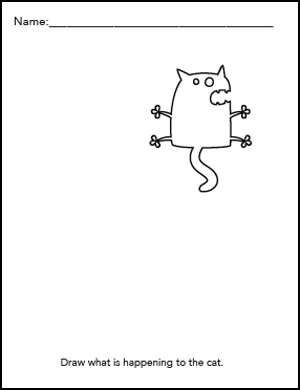Hi, it's Roisin from Little Learner Toolbox! Did I really say snowball fun
in fall? Yes! Well, in your classroom at least. One great way to get students
on their feet, mingling and meeting new friends, is to have some snowball fun
in your classroom. I love snowball fights, or general snowball fun in the
classroom. There is something about writing down your thoughts and then
throwing your ideas around the classroom (quite literally), that students just
love! It is perfect as an icebreaker and a way to get students mingling and
sharing ideas at the start of the year (Snowball fights are also a great tool
for reflection throughout the year).
What
to do:
The
general idea for snowball fun or a snowball fight is pretty simple. You provide
your students with blank pieces of paper
and pencils. Students then write down
answers to questions or prompts that you ask them, on pieces of paper. They
scrunch up the paper into a small ‘snowball’. When everyone is ready they throw
their snowball across the classroom.
Students then reach down and pick up a snowball that had landed near
them. They throw that snowball. They repeat this several times, until the
snowballs are well and truly mixed up, and your students are laughing and
generally having a good time. When you feel your class are ready, ask your
students to pick up a snowball near to them and look at it.
Questions
or prompts you could ask at the start of the year include:
1.
Write 3 fun facts about yourself
2.. One
thing people might not know about you is….
3.
One thing you are looking forward to this year is…..
4.
One thing that helps you to learn is when……
5.
One burning question you would like to ask about this year is…..
One
fun thing to do, when you ask students to share fun facts about themselves, or
something people might not know about them, is to have students find the author
of the snowball, and then introduce them to the class. You
may or may not ask your students to write their name on their snowball before
they throw it. The snowballs could be signed
(making it easy to find them), or the snowballs could be unsigned, and then
students have to hunt for the original author before they can introduce
them.
Snowball
fun in the classroom can also be used as an opportunity for students to share
their questions or thoughts about the
start of the new year anonymously. This can be a nice way to begin
establishing a culture where students feel that their opinions and questions
are valued.
Have
a wonderful start of the year with your classes! If you are looking for more
start of the year activities you might like:













































